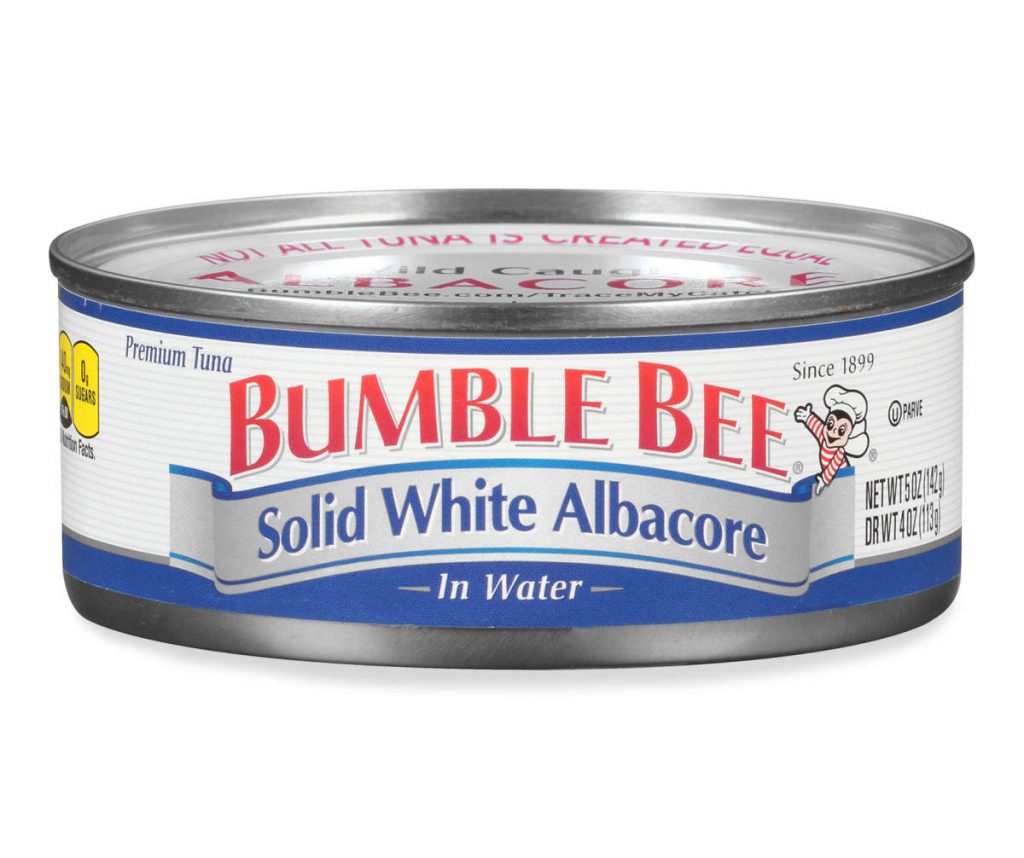When is a bee a fish?
The California Court of Appeal finds that invertebrates can be protected under the California Endangered Species Act

That was the question before the Third District of the California Court of Appeal. The California Fish and Game Commission had accepted petitions to list four species of native California bees for protection under the California Endangered Species Act (CESA). A group of agricultural trade associations challenged the decision as exceeding the Commission’s authority under CESA, on the grounds that terrestrial invertebrates are not covered by CESA. The provisions of CESA allow the Commission to designate native species of “bird, mammal, fish, amphibian, reptile or plant.” California Fish and Game Code Sections 2062, 2067, and 2068. A separate section of the California Fish and Game Code (Section 45), in the general definitions for the Fish and Game Code overall, defines fish to include “wild fish, mollusk, crustacean, invertebrate, or amphibian.” The Commission argued that the Section 45 definition applies to the term “fish” in CESA, authorizing the listing of invertebrates.
The Third District agreed with the Commission in a long and thorough opinion that goes deep (very deep) into the weeds of the legislative history of CESA and Section 45, and canvasses a range of statutory interpretation principles. I think it’s unlikely the California Supreme Court takes up this case to reverse the Third District.
My interest here, however, is not the merits (or demerits) of the Court of Appeal’s analysis. The Commission now has a strong basis for listing more species of invertebrates under CESA. Given the large number of endangered invertebrate species in California, and their importance for ecosystems around the state, that is generally a good thing from a conservation perspective. When I wrote up a range of proposals for reforming and improving CESA last year, one of the issues I flagged was the uncertainty around whether invertebrates could be protected under CESA, and I encouraged the legislature to resolve that uncertainty by adding invertebrates explicitly to CESA. Now that the courts have mostly resolved that uncertainty, that’s an important step towards making CESA work better, though there’s a lot more to do.
Reader Comments
2 Replies to “When is a bee a fish?”
Comments are closed.





Well, it’s certainly a work-around, but a necessary one. Too bad we’ve come so late to acknowledging the interconnectedness of all species. Of course, biologists have been pointing this out and raising the alarm for many decades. It’s only the billionaires that stand to make even more money by ignoring and denying this fact.
Mr. Biber,
I think that the issue presented to the court rested on a choice in which only one outcome was offered and “thereby eliminating any opportunity for the other parties to provide a written analysis regarding the documents’ applicability to the issue presented.” The analysis by the court sheds light on a host of convoluted laws – including both substantive and procedural – that have left the sustainability seesaw posed to tip ever-so-slowly from the days of resource abundance and toward the emerging sustainable state of resource constraints. But for other are issues of actually protecting endangered species, habitats, and protecting laws and what a sustainable future will actually look like; the court was on the wrong track.
One may argue that that there were more options available to the court based on a premise that largely limits the available options. This thought will argue that one state is on the wrong track and others are on the right track. I was in Arizona last month and I noticed that there are newly formed holes in the dirt from rare-earth extraction and what I am assuming is a shift towards more sustainable sources of energy. Such shift however does not arise from a policy shift but from an increase in prices that will naturally shift the paradigm towards a sustainable future. My focus now is on long term solutions and constraints that does not require legal policy to be a prerequisite for sustainable development.
In this case however, the former analysis is more prevalent because as the population grows throughout each state, resource constraints are going to be an issue. Such restraints require the right legal authority to qualify and protect species. This includes illusions that more choices are available when in fact, pertinent parts have been removed by the Senate by striking the reporting requirement to include certain species. The many amendments reaffirm the need to occupy the field of environmental law to more quickly promote such threatened species, therefore, promoting free choice via legislative and agency action.
Very respectfully submitted on June 3, 2022,
Amir Dezfuli